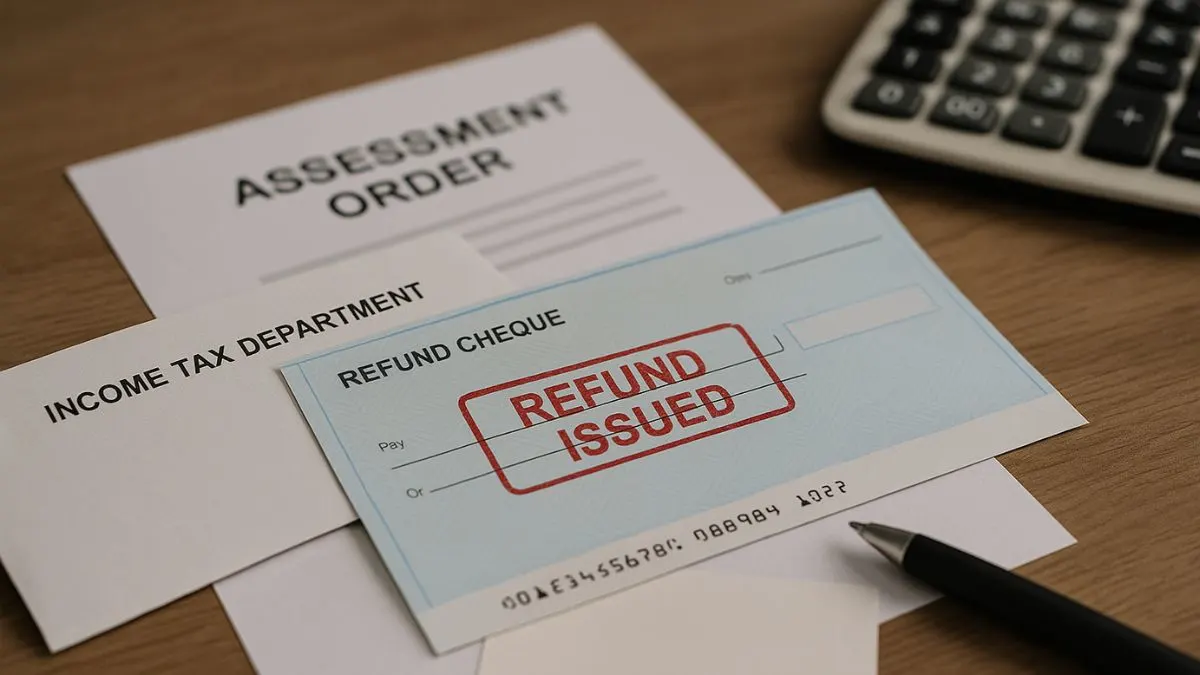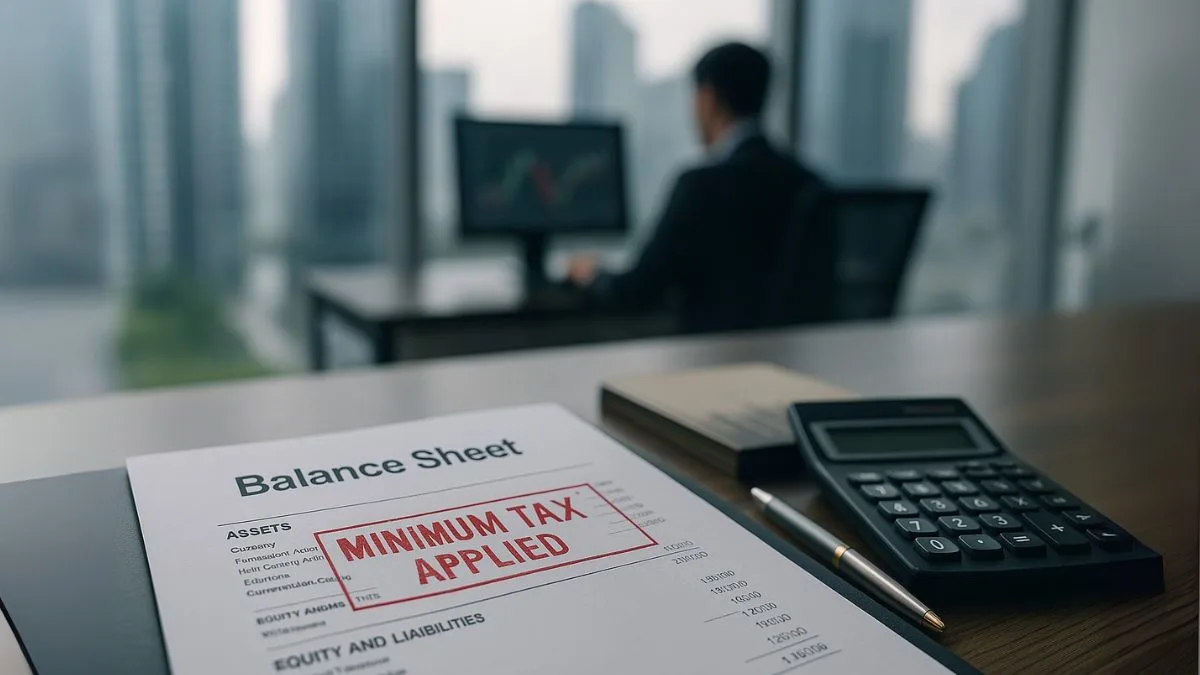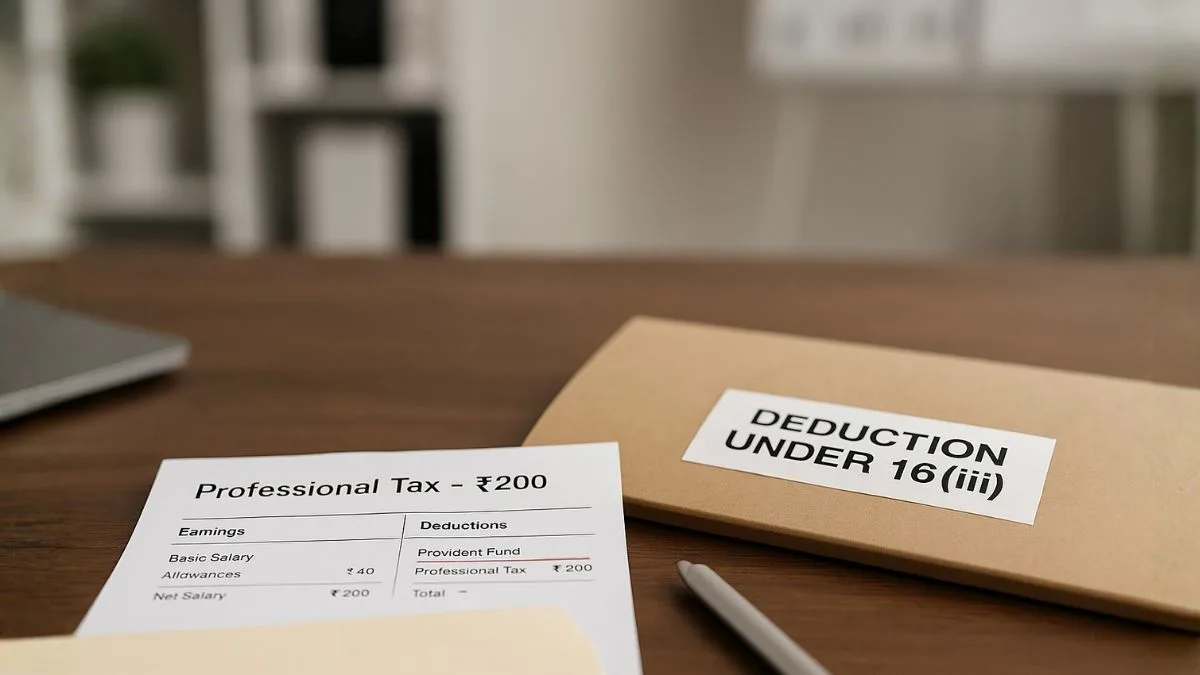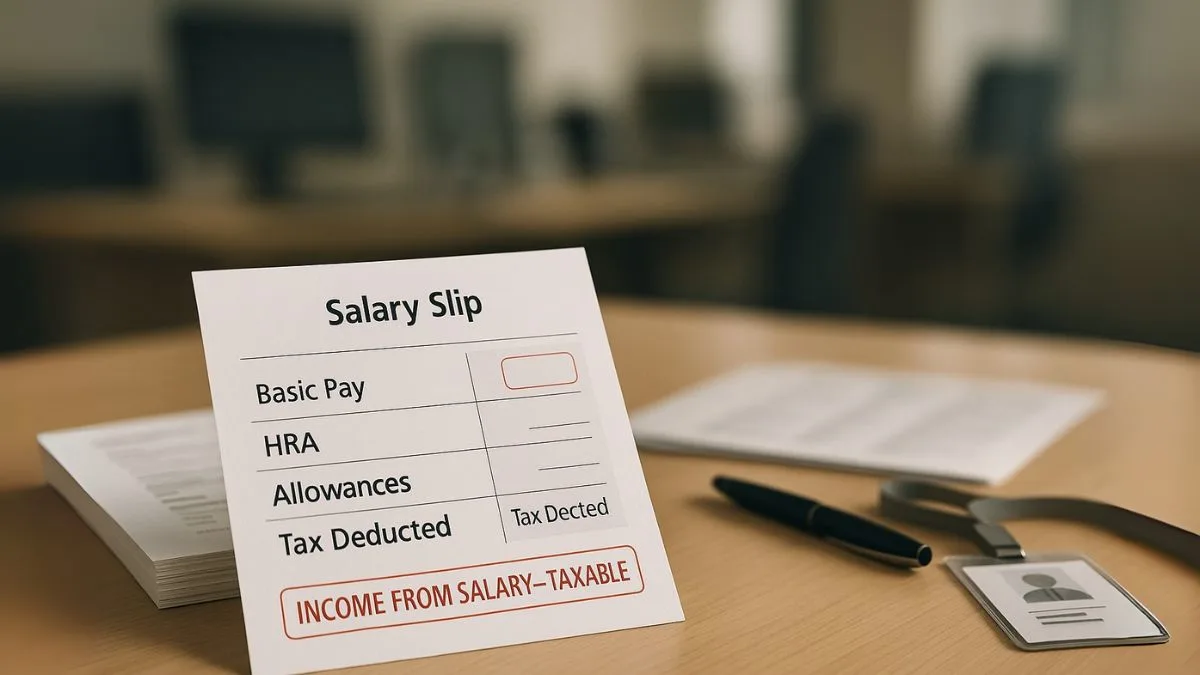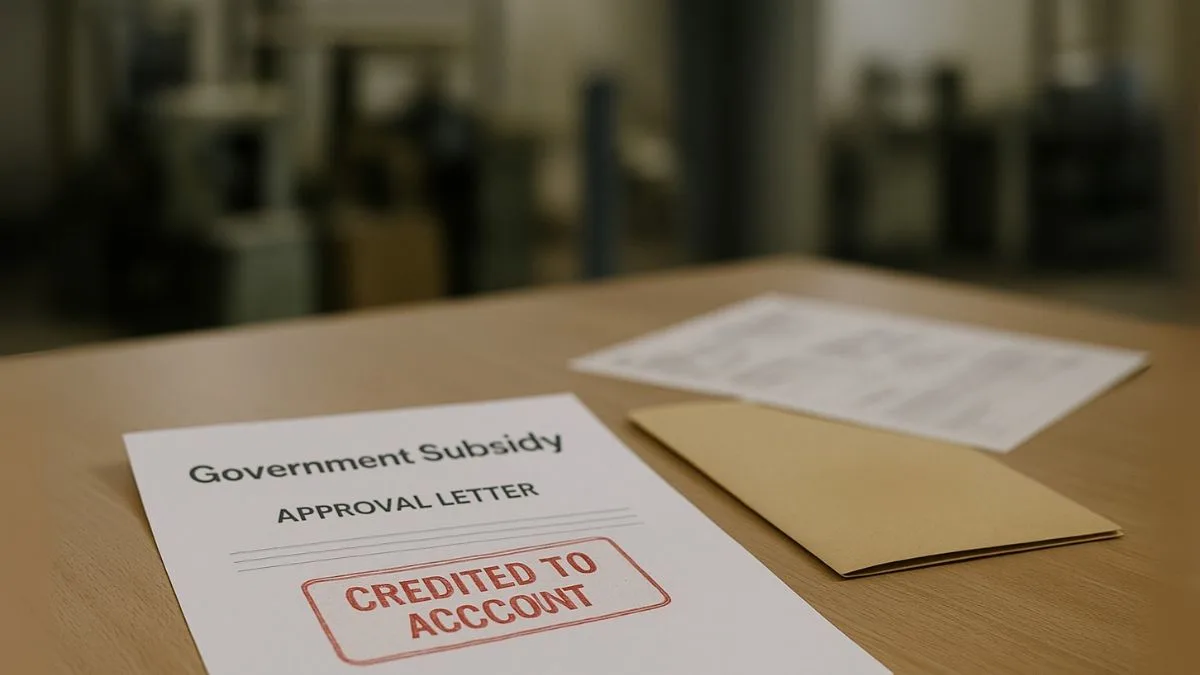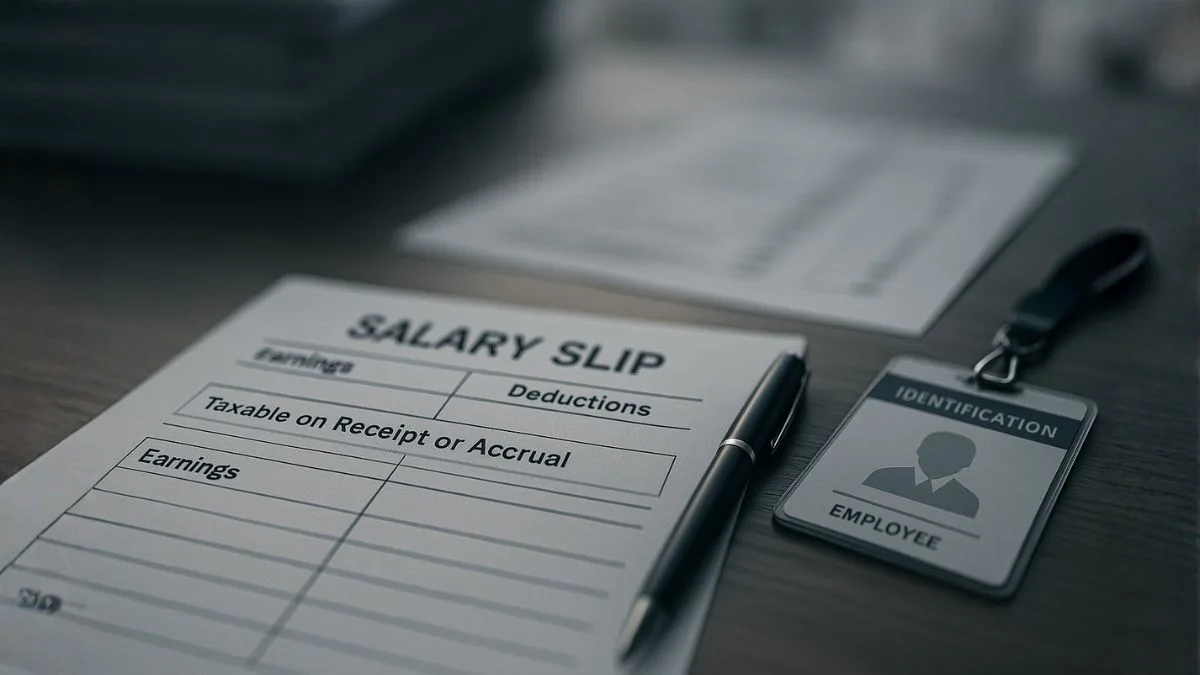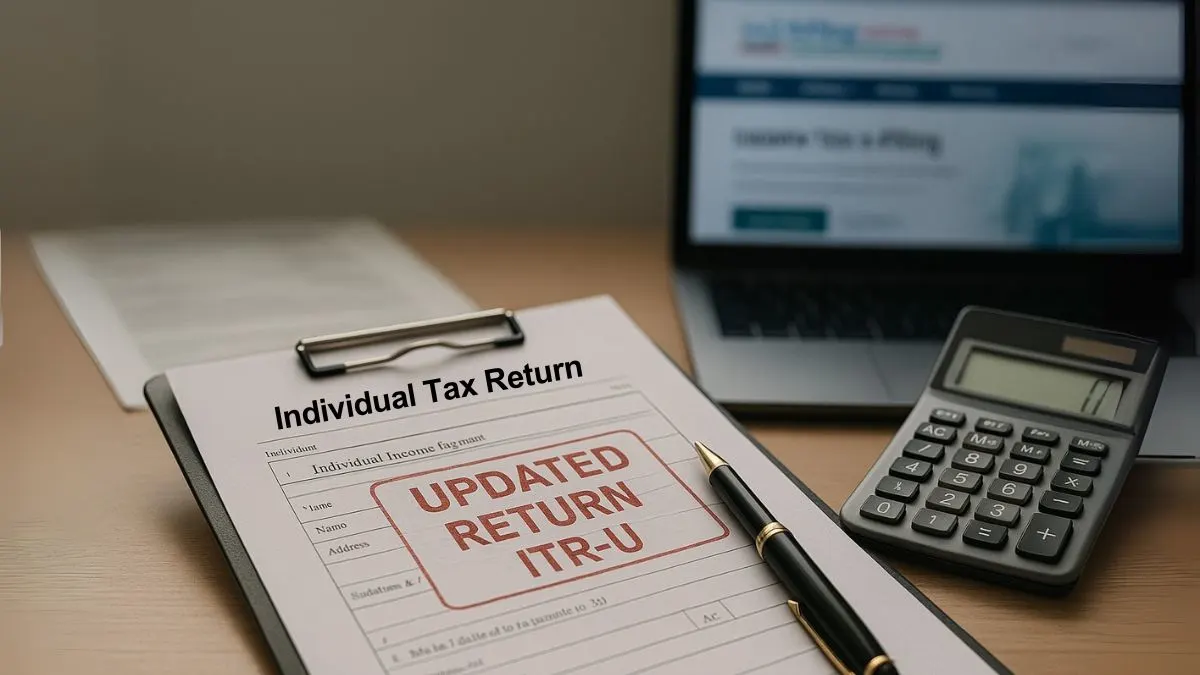
Let’s be honest — tax filing can rattle even seasoned people.
One missed income entry, a forgotten deduction, or worse, a return that never got filed — and suddenly you’re staring at a notice screen.
But here’s the good part.
The Income Tax Department now lets you fix your old returns through the Updated Income Tax Return (ITR-U).
This handy tool, introduced under Section 139(8A) of the Income Tax Act, 1961, allows you to update, correct, or file afresh even after deadlines are gone.
So, What Exactly Is ITR-U?
“ITR-U” simply means Income Tax Return – Updated.
It’s like getting a second attempt at an exam — only this one can save you penalties.
Forgot to report interest income? Claimed the wrong deduction? Missed filing altogether?
ITR-U lets you go back, add the right numbers, pay what’s due, & breathe easy.
The Legal Backbone — Section 139(8A)
This provision came through the Finance Act 2022, effective April 1, 2022.
It states that any person — whether or not they filed earlier — may furnish an updated return within 24 months from the end of the relevant assessment year."
In short: even if you skipped your ITR completely, the law still gives you a two-year grace window to make it right. That’s rare generosity in tax law.
Why the Government Created ITR-U
The goal was simple — promote voluntary compliance & cut down unnecessary litigation.
Earlier, once the deadline passed, you were stuck. Now, you can fix things before the department finds them.
Think of it as a peace offering between taxpayers and the system:
“You correct it yourself, pay the extra tax, & we won’t bother you later.”
Also Read: A Guide to Updated Returns (ITR-U)
Who Can File It
Anyone can —
Individuals, companies, partnerships, trusts, HUFs — everyone qualifies if they:
- Missed the original due date under Section 139(1).
- Found mistakes or omissions later.
- Reported less income or claimed extra deductions earlier.
Doesn’t matter whether you’re a salaried professional, a freelancer, or a business owner — ITR-U works for all.
Who Cannot Use ITR-U
However, there are red lines. You can’t use it if:
- The update would reduce your tax liability.
- It would show or carry forward a loss.
- It would give you a higher refund.
- You’re already under scrutiny, assessment, or search.
In short, it’s for corrections, not clever readjustments.
The Two-Year Window
You have 24 months from the end of the relevant assessment year.
For example, if you missed filing for FY 2022-23 (AY 2023-24), the final date for ITR-U is March 31, 2026.
Plenty of breathing space — but don’t wait till the last week (you know how the portal behaves).
When Should You File It?
Common reasons:
- Missed small incomes (FD interest, rent, dividend).
- Errors in total-income calculation.
- Missed TDS credit or deduction adjustment.
- Forgot to file the return altogether.
Filing now voluntarily looks way better than doing it after a notice lands.
Also Read: When the Income Tax Officer Can Make You File an ITR (Even If You Didn’t Plan To)
How to File ITR-U Online (Quick Walk-through)
- Go to https://www.incometax.gov.in.
- Sign in → e-File › Income Tax Return (ITR-U).
- Pick the correct Assessment Year.
- Choose your reason for updating (omitted income, correction, etc.).
- Enter updated income, recompute tax.
- Pay due tax interest via Challan 280.
- Submit & e-verify (Aadhaar OTP or EVC).
You’ll get an instant acknowledgment once done. Keep that PDF safe.
Additional Tax — The Catch
Yes, you pay a little extra for the delay.
- File within 12 months → add 25 % of tax interest.
- File after 12 months but within 24 months → add 50 %.
Example:
If you owed ₹40,000 & filed after 18 months, your total payment = ₹40,000 ₹20,000 (50 %) = ₹60,000."
Costly? Maybe. But far cheaper than penalties, notices, or late-night stress.
Why Filing ITR-U Still Makes Sense
- Keeps you off the radar for penalty notices.
- Fixes past mistakes cleanly.
- Strengthens your compliance record.
- Brings genuine peace of mind — priceless.
Even with the surcharge, it’s the smartest exit route from old errors.
Real-Life Example
Take Rohan, a freelancer. He forgot to add ₹1.2 lakh of income in FY 2021-22.
Two years later he realizes it, files an ITR-U under Section 139(8A), pays his dues plus 25 % extra, and that’s it — problem solved.
No letters. No stress. Just a clean tax history.
Also Read: What Is the Penalty for Filing an Updated Return (ITR-U)?
Revised Return vs Updated Return
|
Basis |
Revised Return (139(5)) |
Updated Return (139(8A)) |
|
Purpose |
Small correction in filed return |
Add missed income / missed return |
|
Who Can File |
Only if original ITR filed |
Anyone, even non-filers |
|
Time Limit |
Till end of relevant AY |
24 months after AY |
|
Extra Tax |
None |
25 % or 50 % of tax interest |
So the revised one is for tiny tweaks; the updated one is for major fixes or complete misses.
Keep These Ready
- PAN & Aadhaar
- Form 16 or 16A
- Bank statements for that FY
- TDS certificates
- Proof of extra income
- Challan 280 receipt
Preparation = smooth filing.
Quick Reminders
- Only one ITR-U per financial year allowed.
- Must pay all dues before submission.
- Can’t claim refunds or reduce tax.
- File only through the official portal.
- Once accepted, no revision possible.
Double-check before hitting submit — always.
Everyday Scenarios
- Salaried employee missed FD interest → fixes via ITR-U.
- Business found extra receipts post-audit → updates return.
- Freelancer never filed → uses ITR-U within 2 years.
Different situations, one simple cure.
Key Points at a Glance
- ITR-U = Income Tax Return – Updated.
- Governed by Section 139(8A).
- 24-month window for corrections.
- Pay full tax 25 % / 50 % extra.
- Promotes voluntary compliance & lowers litigation.
Final Thoughts
The Updated Income Tax Return (ITR-U) is arguably one of the most practical, taxpayer-friendly moves in recent years.
It gives you something rare in taxation — a second chance.
Missed it once? File again, pay up, & walk away clean.
It’s that straightforward.
If you’re unsure how to calculate taxes or file your ITR-U the right way — don’t risk guessing.
👉 Visit CallMyCA.com.
Our Chartered Accountants will handle your computation, guide you through Section 139(8A), and make sure your updated return is 100 % accurate & accepted without stress.

